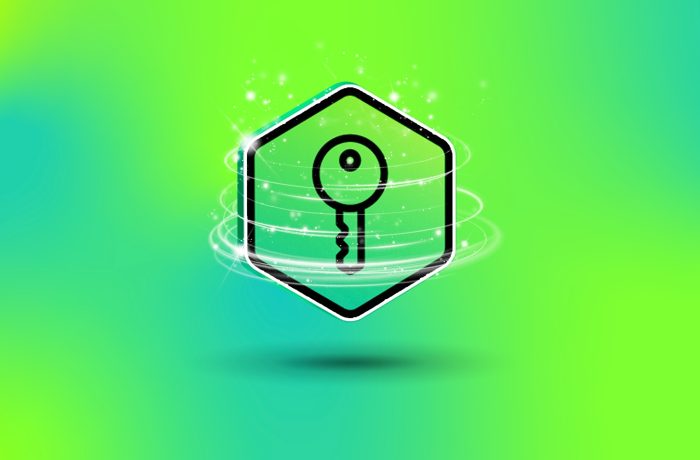
Messengers 101: safety and privacy advice
A dozen short and simple tips on how to use WhatsApp, Telegram, Signal, iMessage, WeChat, and other messaging apps safely and hassle-free.
62 articles

A dozen short and simple tips on how to use WhatsApp, Telegram, Signal, iMessage, WeChat, and other messaging apps safely and hassle-free.

A year after the ransomware attack on healthcare giant UnitedHealth Group, we’ve compiled all publicly available information about the incident and its aftermath.

We discuss the recently discovered Nearest Neighbor attack method, which enables attackers to compromise a Wi-Fi network from the other side of the world.

A vulnerability that permits bypassing authentication has been found in a popular security hardening plugin for WordPress.

We’ve updated the design of our password manager’s mobile version. Storing and managing passwords is now even more convenient.

Five dead simple tips to greatly improve your defenses against cybercriminals.

Discontinuing mandatory password rotations, banning outdated MFA methods, and other updates in the NIST SP 800-63 standards for digital account authentication and management.

What to do if you receive a text with a two-factor authentication code from a service you’ve never registered for.

Telegram bot sells subscriptions to phishing tools to hack Microsoft 365 accounts, including 2FA bypass.

Cybercriminals are using AitM techniques to compromise accounts of company executives. How do they do this, and how to protect against it?

Two-factor authentication protects your account from theft — until you yourself give away your one-time password.

A credential stuffing attack is one of the most effective ways to take control of accounts. Here’s how it works and what you should do to protect your company.

Dropbox has shared a report on a data breach in the Dropbox Sign e-signature service. What does this mean for users, and what should they do?

SIM swap fraud is back in vogue. We explain what it is, the danger it poses to organizations, and how to guard against such attacks.

One-time codes and two-factor authentication securely protect you from account theft. If you receive such a code or a request to enter it when you aren’t logging in, it may be an attempt to hack into your account.

Everything you wanted to know about Google account passkeys: how they work, why they’re needed, where to enable them, how to configure them, and what storage options are available.

You’ve interacted with scammers or visited a phishing site. What steps should you take to avoid being hacked?

The already impressive list of Kaspersky Password Manager features has been expanded to include a built-in, cross-platform, two-factor authentication code generator.

Where to store credentials: browser or password manager? The latter, of course. Here’s why.

How to secure chats on your phone, and why encryption alone is not enough

What two-factor authentication types are out there, and which ones should be preferred.